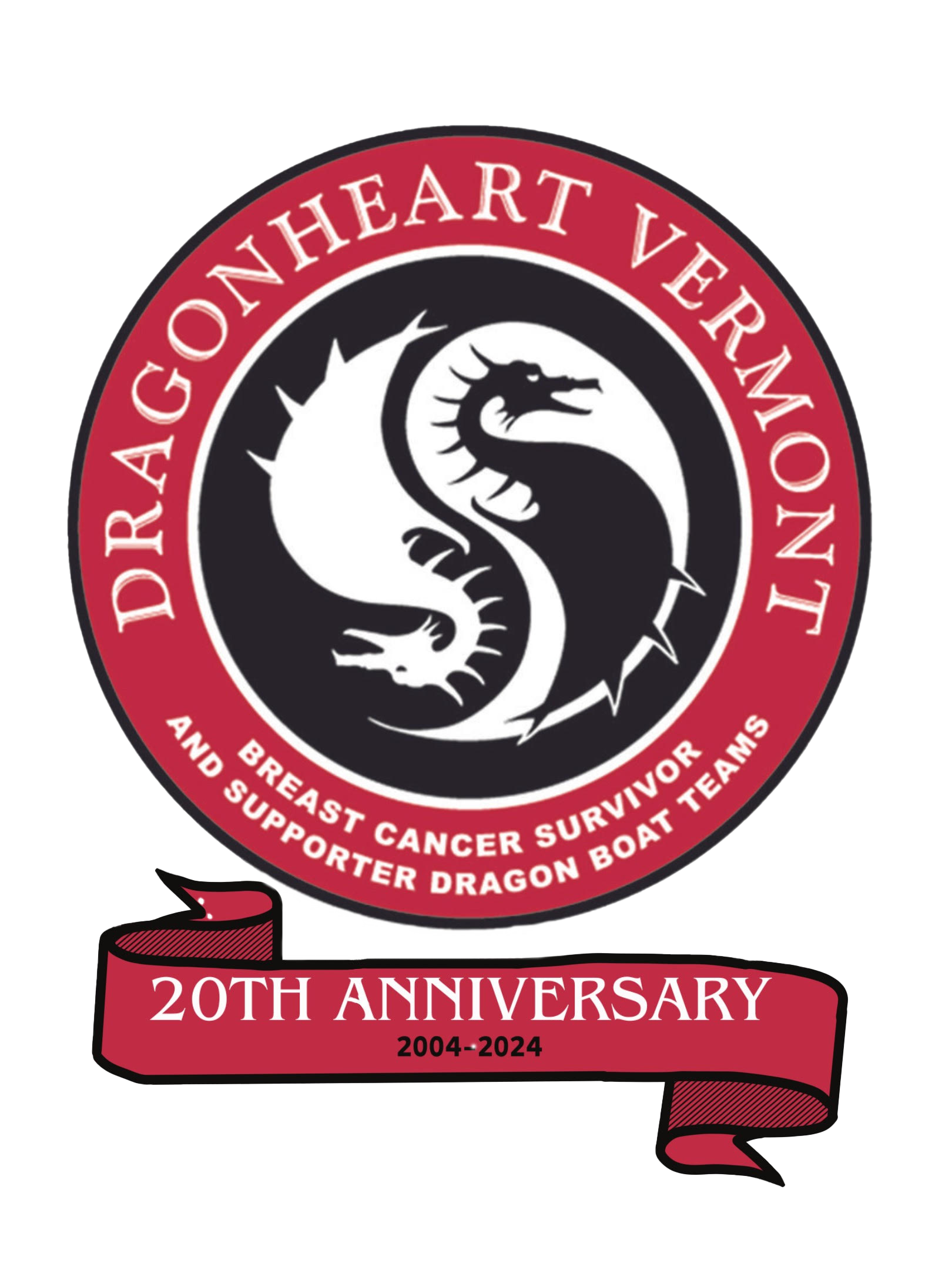Good grief, we were so averse to fat in the 90’s. We were told in no uncertain terms that saturated fat was bad and we should reduce the amount we were consuming. This was based on large epidemiologic studies that suggested that lowering saturated fat would reduce cholesterol and heart disease. So food companies went about cutting fat in processed food replacing it with sugar. The results were not positive. We gained more weight and rates of diabetes increased. Interestingly, historical analysis of internal documents from the sugar industry in the 1960’s and 70’s identified an agenda to make sugar seem not so bad and cast fat as the culprit for health problems (Kearns et al 2016).
The focus today is the macronutrient fat, not high fat vs low fat diets. A bit of chemistry is needed to understand fat. A saturated fat has no double bonds between carbons and is solid at room temperature. A polyunsaturated fat has double bonds. Most are cis double bonds which puts a kink in the carbon chain. As a result, it can’t pack together as tightly and is liquid at room temperature. Who knew that organic chemistry would be so helpful?
Let’s start with a 4 letter fat: Trans fats. Trans fats have a double bond in the “trans” position. Small amounts of trans fats are found in nature but the vast majority in the diet comes from hydrogenating” ie adding hydrogens to corn oil. That’s how we got Crisco, that weird white solid fat. The properties of trans fats makes them very useful in the preparation of processed food. But they increase LDL cholesterol and decrease HDL cholesterol. Trans fats are so bad they have been banned since 2018. But they are still present in the food supply. A company can list 0 grams if the product contains less than .5 grams per serving. Look for words like “hydrogenated oil” or “partially hydrogenated oil”. They are still found in bakery products, microwave popcorn, fried foods. AVOID THEM.
Saturated fats are found primarily in animal products. There is data suggesting that they contribute to cardiovascular disease but maybe less than we thought now that studies separate out trans fats and saturated fats. Saturated fats should probably be limited especially for those with cardiovascular disease or risk. Coconut oil contains the highest amounts of saturated fat. It is mostly medium chain not long carbon chains like other saturated fat. Coconut oil increases LDL cholesterol but also increases HDL cholesterol. Even so, use in moderation. There is a lot of hype around coconut oil.
Overall polyunsaturated fats are healthier. But avoiding refined vegetable oils is a good idea. These are polyunsaturated oils like corn and soybean oil which are also used in large amounts in processed foods. They are inflammatory and when used in frying they can create trans fats. “Vegetable oils” tend to be high in omega 6 fatty acids, meaning the first double bond is in the 6th position (more organic chemistry). Our diet has shifted way too much toward omega 6 fats with proportionately fewer, healthier, omega 3 fats. A healthy ratio is 4:1 omega 6 to omega 3 or less. The Standard American diet is 10:1. A higher leads to chronic inflammation and impaired health of cell membranes.
No fat is 100% of any one type of fatty acid. See the table below. It is always a mix. Foods high in omega 3 fats include fatty fish, flax seed, nuts. Interestingly, (though not in the table) grass fed meat/dairy has more omega 3 fats than grain fed. Olive oil is also not a 4 letter fat. It is a monounsaturated fat meaning there is only one double bond and is associated with lowering LDL cholesterol and inflammation and should be a primary source of fat in our diets. Once again, go for quality and avoid processed food. Cooking properties are important too. High heat is not good for some oils. This is a link to a HEALTHLINE article that goes deeper into some oils and their cooking properties: https://www.healthline.com/nutrition/best-cooking-oils
